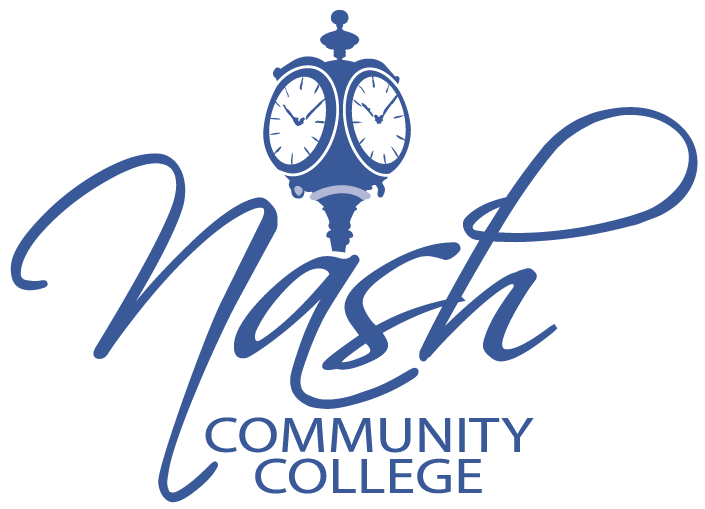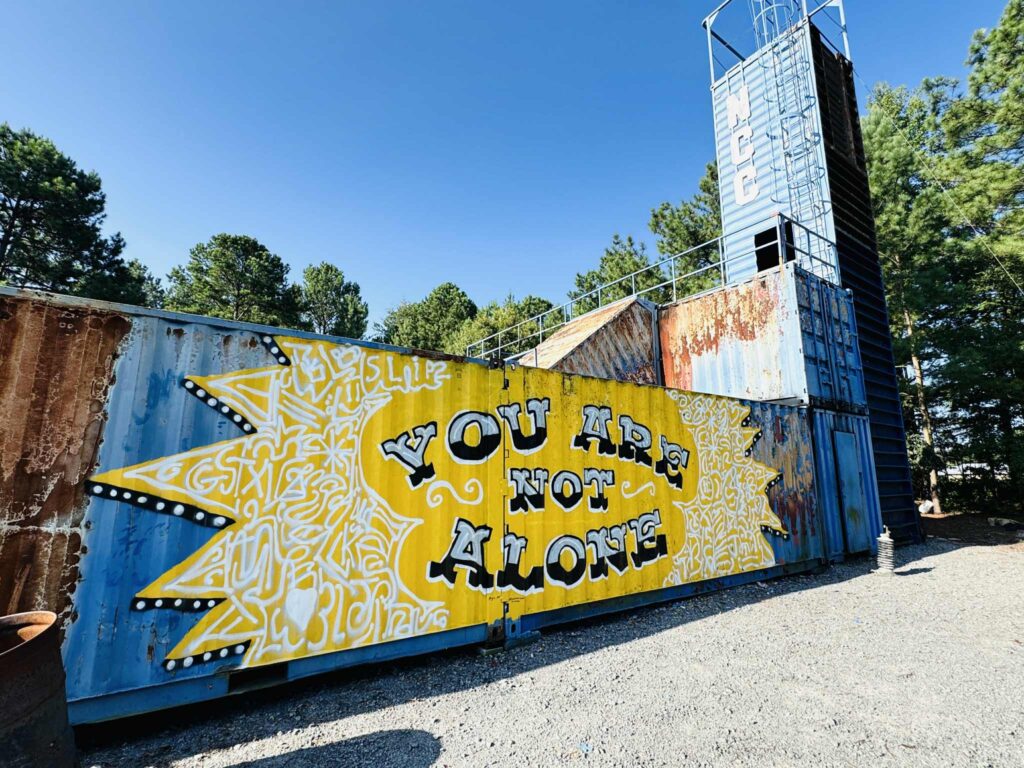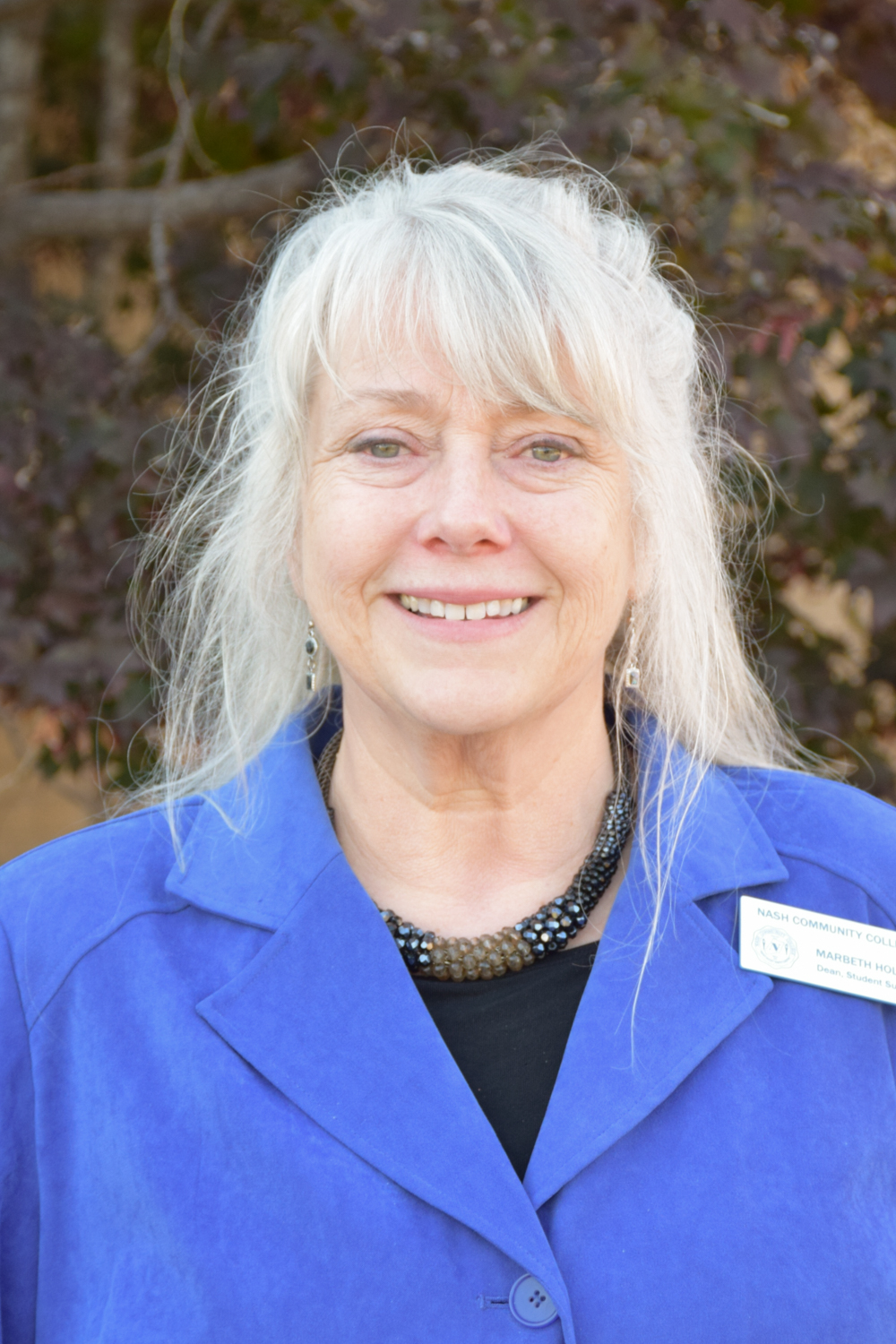What began as an unconventional idea for a summer camp quickly transformed into a powerful act of community expression and mental health advocacy.
When international artist and Nash Community College art professor Georges Le Chevallier proposed teaching an Introduction to Graffiti camp for youth ages 11–14, the reaction was mixed.
“When I heard we were offering an ‘Introduction to Graffiti’ summer camp, I was slightly nervous,” admitted Dr. Lew K. Hunnicutt, president of NCC. “But then I learned that Georges Le Chevallier was leading it, and I knew it would be a worthwhile project. What an opportunity for these youngsters to learn from an artist of his credentials and renown.”
Le Chevallier, whose work has been featured globally, saw the camp as a way to reframe how graffiti is perceived.
“I just wanted to give the kids a fresh and exciting perspective on creating art,” said Le Chevallier. “Graffiti once had a very negative reputation, but today, street artists around the world are earning substantial recognition, and income, for large-scale murals using spray paint.”
The camp was part of Nash Community College’s robust summer programming, which offers students hands-on exploration in fields like the arts, STEM, culinary arts and entrepreneurship.
This innovative approach fits perfectly with the mission of Nash Community College’s summer programming. “NCC’s summer camps provide students with opportunities to explore new skills in areas such as cooking, the arts, STEM and entrepreneurship while being introduced to academic and career pathways,” said Carla Dunston, dean of continuing education at NCC.
While scouting the campus fire burn building near the Police Officer Physical Agility Test (POPAT) Field as a potential mural site, Le Chevallier had a pivotal conversation with Joseph Parks, director of fire services at NCC.
“We talked about the mental toll many first responders face,” Le Chevallier said. “That conversation made it clear: we needed to create something meaningful to shine a light on that reality.
Parks added, “The willingness to help someone during potentially the worst day of their life is a calling. But sometimes that calling comes with a cost that most people never see. The sights, sounds, and smells associated with emergency services can take a serious toll on mental health.”
According to the Journal of Occupational Health Psychology, firefighters and paramedics experience PTSD at similar rates to military veterans, about 20% will meet the criteria for post-traumatic stress disorder at some point, compared to just under 7% of the general population. The Ruderman Foundation further reports that at least 100 firefighter suicides occur annually, with a rate of 18 per 100,000, significantly higher than the general public’s rate of 13.
To honor first responders and shed light on their mental health challenges, Le Chevallier partnered with You Are Not Alone Murals, a global nonprofit that inspires artists to create public murals that foster hope, connection, and open conversations about mental health.
The nonprofit’s only guidelines are to use just four colors (yellow, black, white and gray) and include the phrase “You Are Not Alone.”
“The artwork reminds viewers that no matter what challenges each of us is dealing with, our emotions are universal,” said Samantha Schutz, founder of You Are Not Alone Murals. “No one is immune to anxiety, grief, anger, shame and sadness. We are fundamentally connected through our humanity and, therefore, never alone.”
The mural, painted over four days by 11 middle school-aged campers with no prior mural experience, became a powerful tribute.
“An amazing accomplishment when you consider none of these young students had any prior mural experience,” said Le Chevallier.
For Le Chevallier, the most moving moment was when local Rocky Mount firefighters came to see the completed mural. “It was a beautiful thing to witness: a powerful way for us to show our appreciation for first responders.”
In the end, the “Introduction to Graffiti” summer camp proved to be a resounding success. For Dr. Hunnicutt, the impact was clear.
“I’ve seen the finished mural and am thoroughly impressed with what these students accomplished under Le Chevallier’s watchful eye,” said Dr. Hunnicutt. “Add in the fact that the project raises awareness for firefighter mental health, and it is truly a win on so many levels for all involved.




